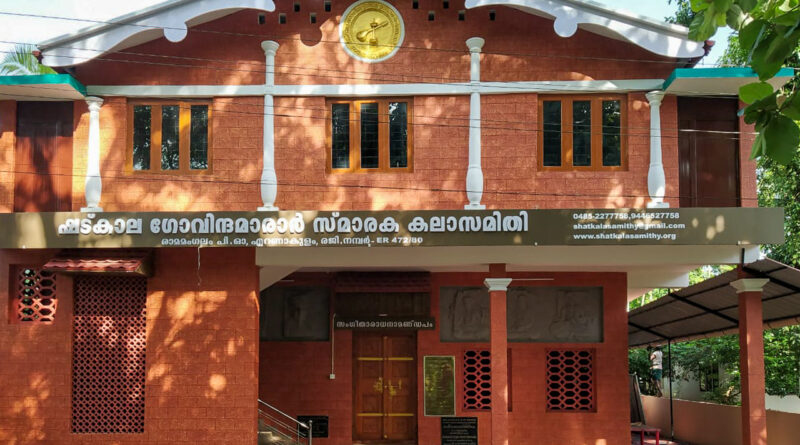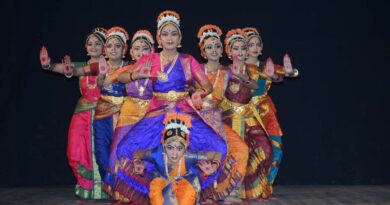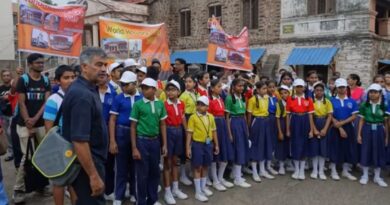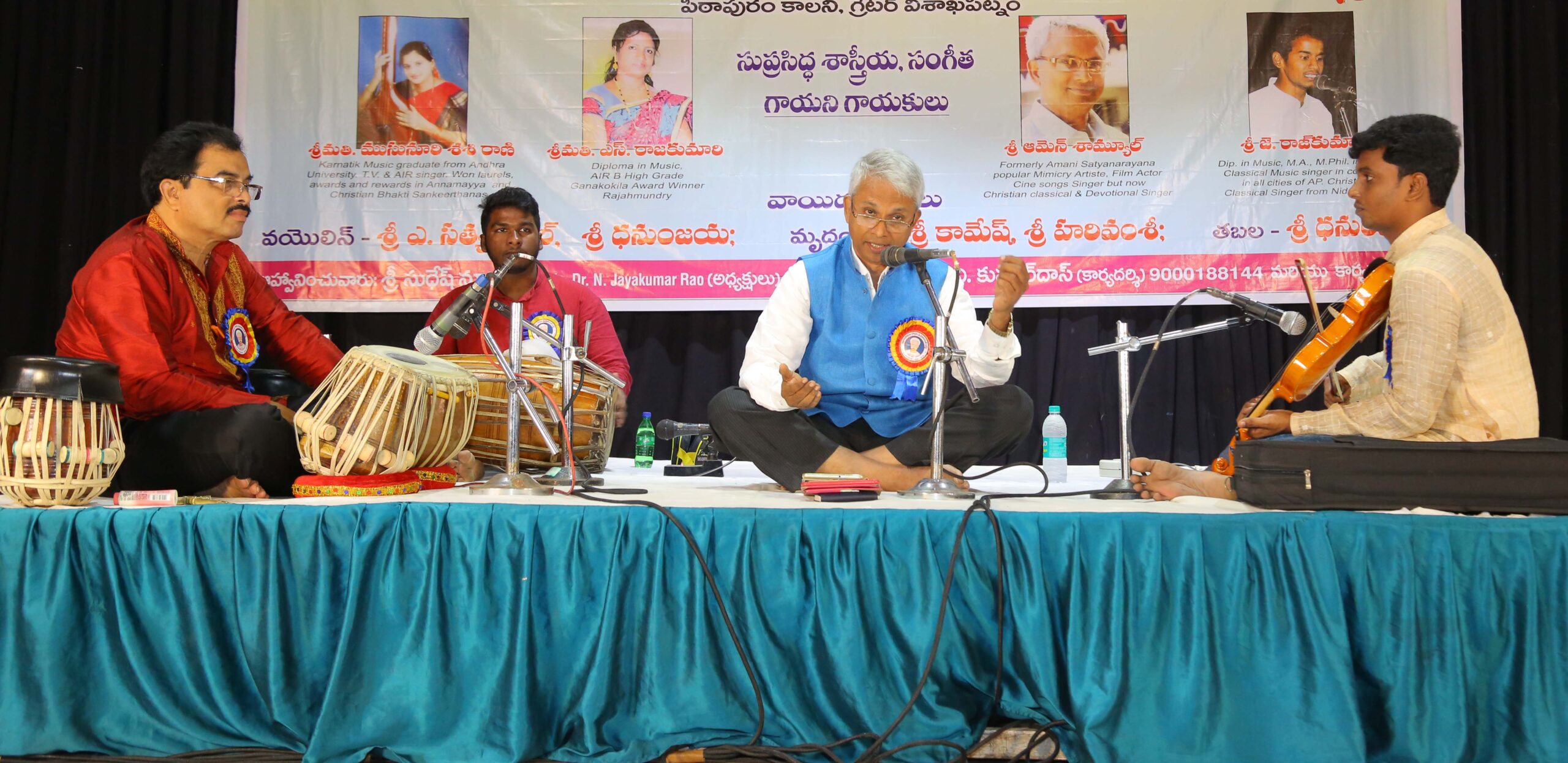In Memory of an Itinerant Musician
In Memory of an Itinerant Musician
Text : George S Paul
The 19th century witnessed an unprecedented spurt in the world of music. While in the West, composers like Beethoven, Mozart and Palestrina made immortal symphonies; in our country, the period saw a prodigious output in Carnatic music thanks to the Music Trinity – Thyagaraja, Muthuswamy Dikshitar and Syamasastri. However, Kerala too had its share during this period through two musicians – Maharaja Swatithirunal and Shatkala Govinda Marar. While the former was ‘A prince among the musicians and musician among the princes’, the latter was an itinerant musician.
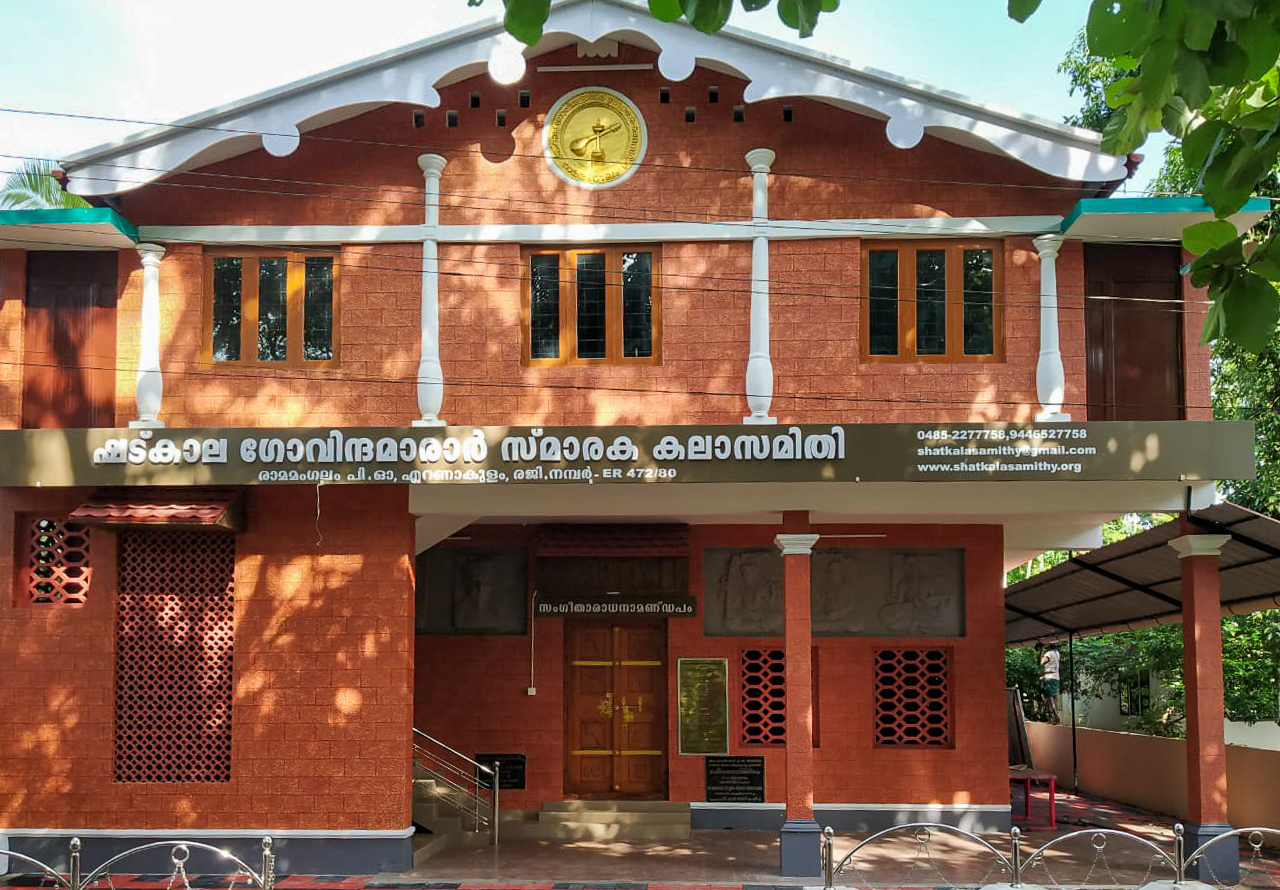
Authentic, compositions of a vaggeyakara live through his disciples. Glaring is the case with the Trinity and also of Swatithirunal whose court attracted musicians of all genres from across the country. But Govinda Marar was an oddity among them.
Govinda Marar belonged to the community of temple musicians – Marar – whose bounden duty was to sing Sopana Sangeetham and play percussion instruments, an intrinsic part of the daily rituals in the temple. While the priest will offer puja in the sanctum, Marar would do, ‘kotti ppadi seva’ (worship by singing and drumming), singing and beating on his musical-percussion instrument Edakka at the ‘Sopanam’, the steps leading to the sanctum. The compositions were mainly ‘Thyaanis’, special hymns peculiar to the deity, bequeathed over generations. He also sings ashtapadis from Gitagovinda.
Govinda Marar chose to sing rather than drumming, which his poor health did not allow. Naturally, he was the principal musician at Sree Perumthrikkovil Temple in Ramamangalam. And when he sang, he was totally immersed in it. His option of the nine modes of Bhakti was ‘Kirtanam’ which compelled him to lead an ascetic life singing paeans to the deities in temples. This turned him to an itinerant musician, visiting all the temples in the erstwhile state of Travancore, ‘armed’ with his seven-stringed tambura, a ganjira and edakka.
Small wonder his journey took him to Swatithirunal, who was widely known as a great patron of musicians. The devotion and style of singing of Govinda Marar fascinated the Maharaja. Incidentally, notwithstanding his initiation into Carnatic and Hindustani streams of Indian music, Swati was well-versed in Sopana Sangeetham since his relatives were famous Kathakali playwrights and they rendered the libretto in Kathakali in Sopana ragas. Moreover, scholars have pointed out that all Manipravala compositions of Swati were in the Sopana style.
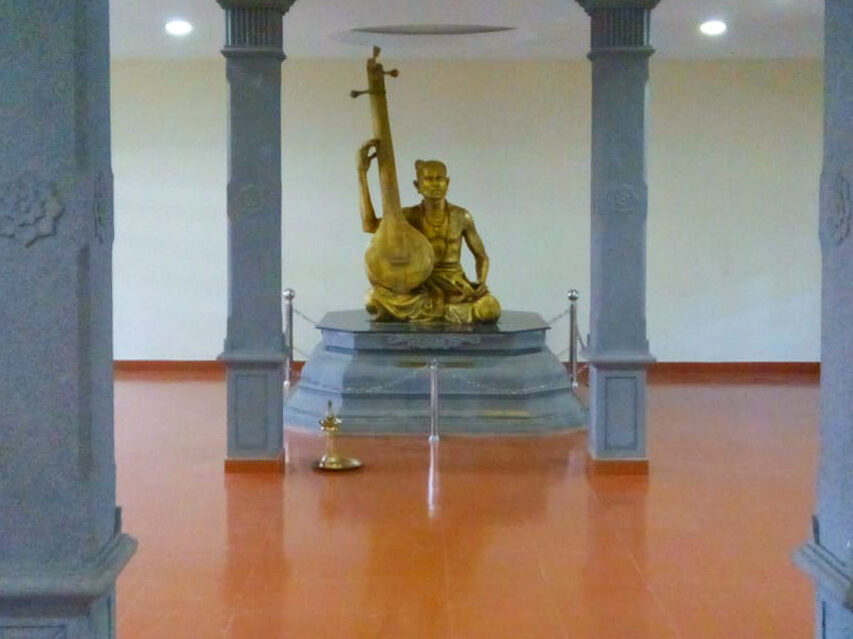
Out of curiosity, the Maharaja asked Marar to sing raga Puraneeru that is used in Kathakali. The request of the Maharaja inspired Marar and he rendered a kirtana in the raga, strumming the tambura strings with his right hand and beating the ganjira, tucked between the fingers of his leg, with his left hand. Impressed by the alluring rendition and the dexterity of playing the instruments all by himself, he presented Marar with a flag which he tied to his tambura. And it stayed on it until his death.
Marar reached Thyagaraja’s abode as an emissary of Swati, apparently in a bid to invite him to the palace. ‘Nidhi chala sukhama’ gently agreed to the request. They allowed Marar to sing before the august assembly of the composer and his disciples – in fact, a rare privilege that only a Malayali could enjoy so far. Marar rose to the occasion by singing the eighth Ashtapadi, “Chandana charchitha neela kalebhara’ in six tempos – hitherto unheard in the history of music. This fetched him the sobriquet ‘Shatkala’. Overawed by the musical prowess of Marar, Thyagaraja asked his disciples to render his composition in Sree raga, “Entharo mahanubhavulu’. What an honour to Marar from the Saint composer!
A mendicant of a musician as he was, Marar soon continued his musical journey for an extended period and breathed his last at Pandharpur near Pune in 1843.
It was an epochal moment in the history of Kerala when the late Prof. MP Manmadhan known for his invaluable contributions to Vinoda Baba’s Bhudan Yajna and prohibition movements ventured to form Shatkala Govinda Marar Smaraka Kala Samithi at Ramamangalam to perpetuate the memory of the legendary musician. The Samithi fretted and fumed for lack of financial support until the Temple Devaswom granted ten cents of land next to the temple to construct a building. In due course of time with the help from state and central governments, a two-storied building came up. Meanwhile, the activities of the Samithi received an impetus as the late minister for culture TM Jacob organised Shatkala Govinda Marar Festival in 1993. A visionary, he entrusted the responsibility of conducting the annual festival to Kerala Sangeetha Natak Akademi. Few are the musicians and dancers who have not performed over the years.
“We were determined to highlight the heritage of Ramamangalam, and therefore workshops were organised since 2007 on Parishavadyam, Kudukka Vina, Panchavadyam, and Mohiniyattam based on Govinda Marar’s compositions with the help of the ministry of culture, Delhi,” says Jayachandran Nair, the present secretary of the Samithi. “We are giving Shatkala Govinda Marar Puraskaram to veteran artistes for the last seven years,” says Ravindran Nair, the joint secretary. It carries a purse of Rs 25,000 and a citation.
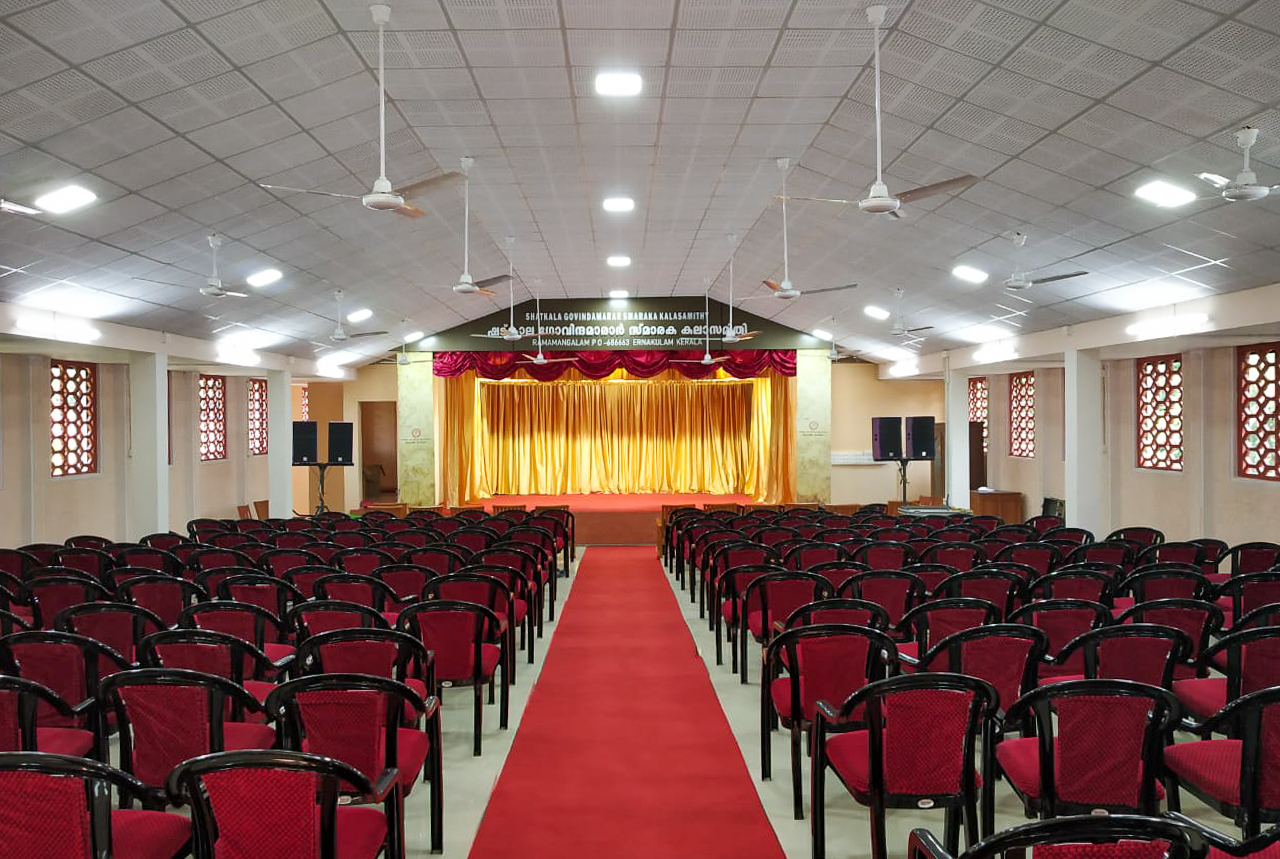
Sangeetha Aaradhana Mandapam (Picture) on the ground floor constructed with the financial assistance of the former MLA MJ Jacob sports a magnificent look with a larger-than-life sculpture of Govinda Marar. Many musicians from Japan, Germany, and Switzerland have paid musical offerings to the musician in this hall noted for its serene ambience.
The old building and its unique historical significance compelled the district panchayat of Ernakulam district to step in. The panchayat refurbished the entire complex by spending Rs. 52.5 lakh for which the initiative by the member Adv. KN Sugathan is laudable – a glaring example of how a local self-government agency can help boost cultural activities. As of now, the auditorium and stage are equipped with state-of-the-art facilities which make the Samithi self-sufficient to organise even national programmes.
Meanwhile, requests for an opportunity to pay obeisance to the legendary musician are pouring in from artistes of all hues after they inaugurated the renovated complex in June.

